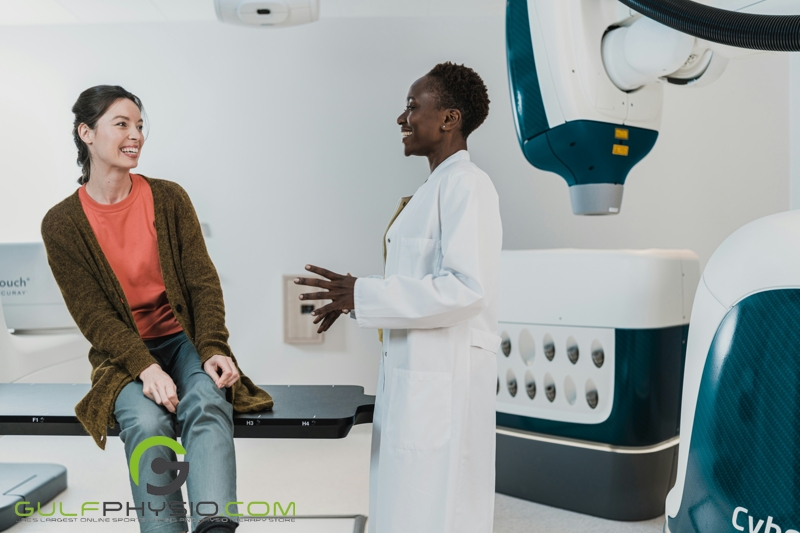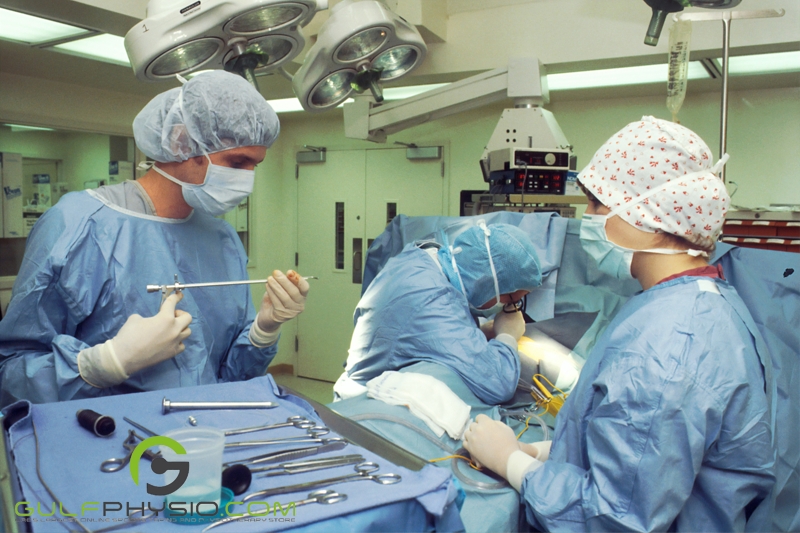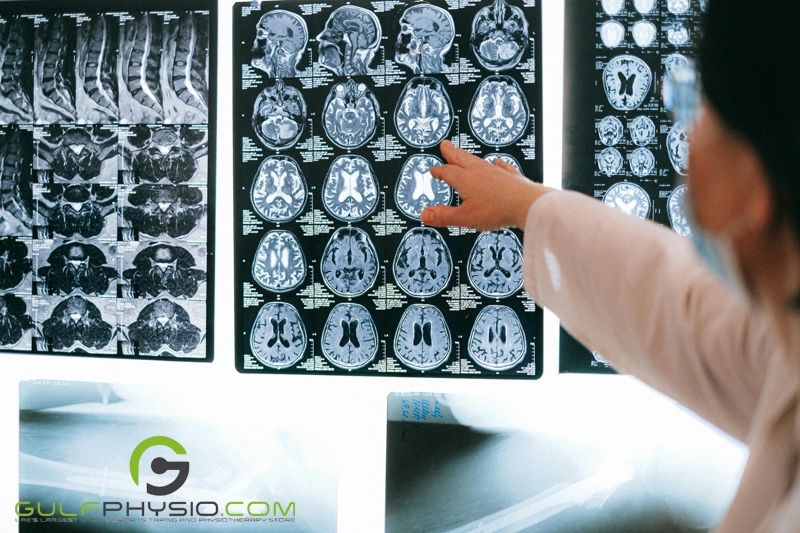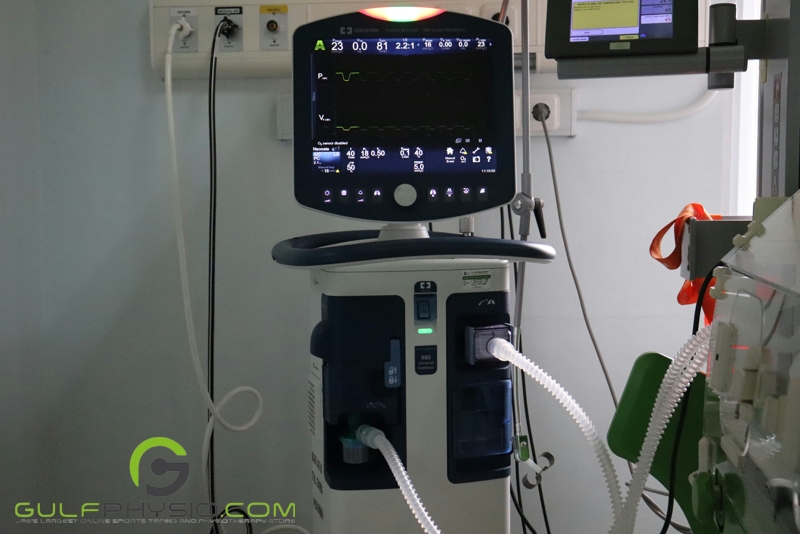
Did you know that in the 1800s, the medical community frowned upon the practice of handwashing? The lack of awareness of hygiene during this era led to the spread of filth and disease within hospitals that caused a rise in patient mortality rates. Thankfully, developments in science and research have put more emphasis on cleanliness and patient safety. Medical services are the safest they have ever been, but how can we further reduce mortality rates?
What is “Patient Safety”?
Several definitions allow for the wide range of patient safety. This includes the prevention of patients from suffering harm from care that is meant to benefit them. This means preventing and minimizing harm resulting from healthcare errors of commission or omission, as well as putting in place operational systems and procedures that reduce the possibility of errors and increase the possibility of catching said errors when they happen.

The need for patient safety
You may think, “why do we need to define patient safety? Isn’t it common sense to want you patients safe from harm?” and it’s understandable to think that. However, the World Health Organization reported that in 2023, around 1 in 10 patients suffered harm in healthcare, resulting in over 3 million annual deaths from unsafe care, with 50% being preventable.
Statistics Challenging Patient Safety
As mentioned previously, negligence in patient care causes 3 million deaths annually. In fact, an article published in the National Library of Medicine mentions that it is the third leading cause of death in the United States alone. Common challenges to patient safety today include:
Medication Errors

A research article published in BMC medicine in 2020 mentions that medication errors happen in 3% of patients seeking medical care, with a quarter of these preventable cases becoming potentially life threatening. They mention further that half of all preventable harm in the medical setting is associated with medication errors.
Surgical Errors

Surgeons perform around 300 million surgeries annually worldwide. Healthcare settings saw 10% of avoidable patient injuries in surgical settings. A more recent article revealed that surgical errors most significantly risk patient harm; with intraoperative errors comprising 75% of surgical malpractice cases.
Diagnostic Errors

In a 2024 article, researchers estimated that diagnostic errors kill or injure between 40,000 and 80,000 people annually. An estimated 12 million patients in the United States alone experienced a diagnostic error during their treatment, with 33% of those errors leading to patient harm, according to another study.
Patient Identification Errors
Inaccurate patient identification has major consequences for the delivery of healthcare and can be the source of numerous issues. It can result in disastrous unintended consequences, such as receiving the incorrect drug, treatment, or even surgery.

An article published in the Health Service Journal, based in the United Kingdom, found more than 10,000 cases of patient misidentification in the UK alone between the years of 2019 to 2023.
Factors Contributing to Medical Negligence
Patient harm is widespread, troublesome, and can happen in any setting and at any level of medical care. This, in turn, means that it can result from a variety of interdependent events, and most incidents involving patient safety involve numerous variables.
System and/or Organizational Factors

Individual mistakes are rarely the cause of catastrophic safety incidents, such as medication errors. The majority of adverse occurrences are caused by a combination of factors in settings with underlying system deficiencies and often overlooked deficiencies in the processing of patients.
Technological Factors
Digital technologies like telehealth platforms, clinical decision-making tools powered by artificial intelligence (AI), digitally enabled surgical equipment, mHealth technologies, or electronic health records (EHRs) are becoming more and more necessary for medical personnel to use in providing care.

Despite these potential advantages, integrating technology in the healthcare sector is fraught with difficulties. These include knowing when and how to use them, enabling a precise medical diagnosis in a virtual setting, interpreting and evaluating new data from digital devices, avoiding automation bias, using and interacting with digital disease management platforms appropriately, and maintaining continuity of care in a digital world.
Human Factors
Years of training and education prepare medical professionals to provide each patient with the best quality of care and health services. Despite this, there are a number of factors that can contribute to human error that compromise patient safety, such as a lack in education or training, incomplete patient assessments, and the misdiagnosis of symptoms and illnesses.
Patient-Related Factors
Factors independent of the medical setting that heavily influence patient safety are those stemming from the patients themselves. Matters such as the patient’s health literacy, their willingness to engage in treatment, and adherence to the recommended medication after discharge contribute to the efficacy of patient safety.
Outside Factors

Other than patient-related factors, another point to take into consideration are external factors beyond the control of both health and care providers, and the patients. These outside factors may include the absence of organizational standardized policies and inconsistent regulations with regards to patient safety, economic and financial strain, and instances where the natural environment directly affects the patient, doctor, or both (such as earthquakes, floods, typhoons, etc.).
A Systematic Approach to Patient Safety
In order to avoid mistakes that jeopardize patient safety, a systems approach recognizes that human error will inevitably occur in modern healthcare settings and stresses the significance of addressing the system and its defenses rather than placing the blame on specific people.

An effective health care system prioritizes safety by fostering a dedicated culture, ensuring workplace safety, enhancing collaboration and communication, involving patients and their families in policy creation, research, shared decision-making, and establishing procedures for reporting patient safety incidents for continuous improvement. By preventing and minimizing injury, these actions support a system that ensures patient safety.
Our Thoughts
Addressing the root causes of failures in patient safety systems requires a coordinated effort. This entails addressing the seriousness of the error, updating protocols, and improving patient interactions. Solutions differ according to the kind of underlying error, how serious it is, and what resources are available. It is essential to establish a culture of safety, encourage active error reporting, and implement standard error analysis in order to find and address systemic problems in our healthcare systems to further develop better patient safety.
Disclaimer
GulfPhysio.com and all of its content are for informational purposes only. All information is believed to be accurate at the time of posting and should NOT be taken as professional medical advice. Please seek a medical professional in the event of pain or injury.



